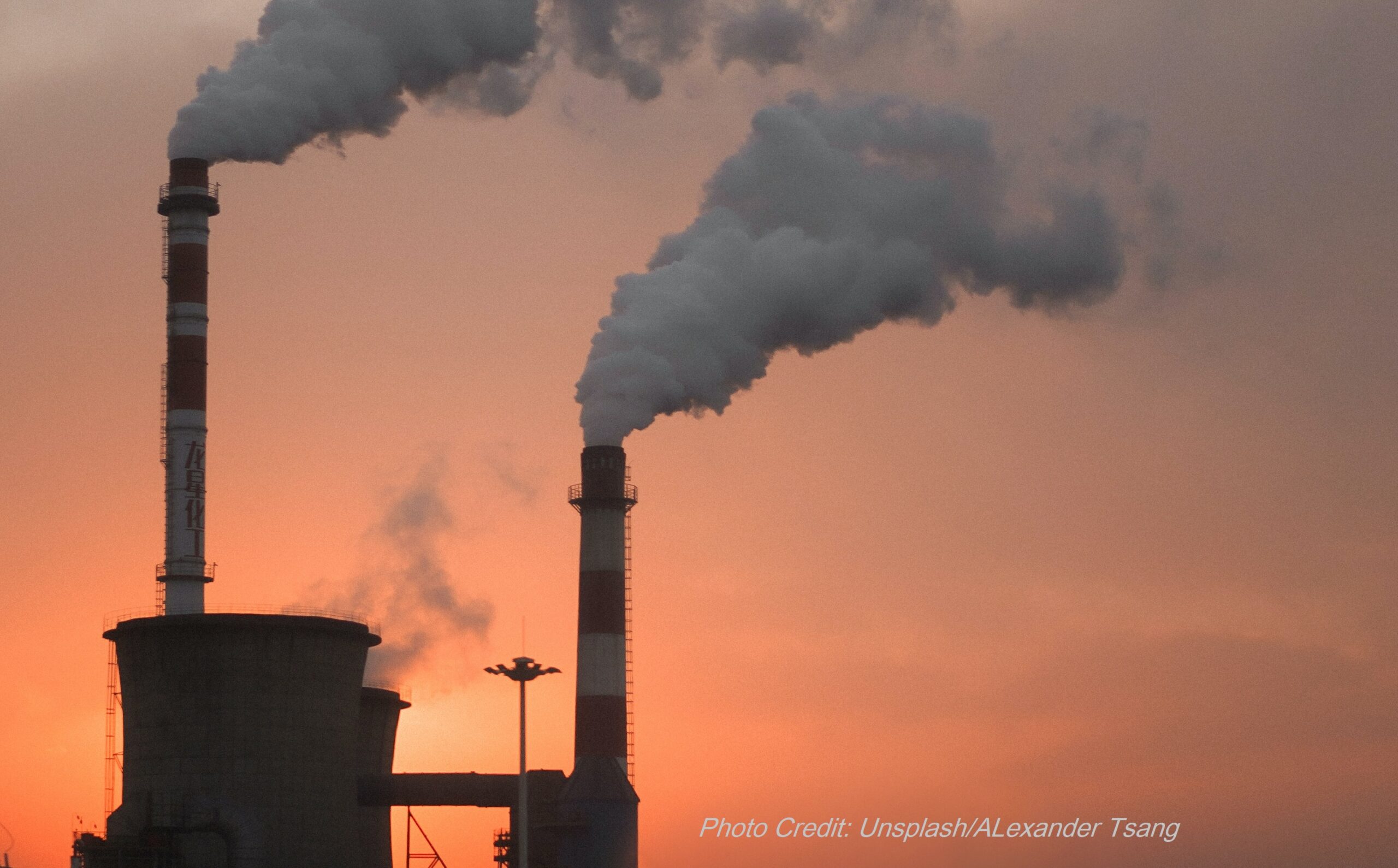Statement of Harold P. Wimmer, National President and CEO of the American Lung Association, in response to today’s release of a joint statement between the United States and Canada on Climate, Energy and Arctic Leadership:
“Methane and toxic air pollution from the oil and gas sector threaten public health. The American Lung Association welcomes the announcement by President Barack Obama and Canadian Prime Minister Justin Trudeau that both nations will take action to reduce methane emissions by 40 to 45 percent from the oil and gas sector. Scientists warn that methane contributes to climate change and warmer average temperatures. Rising temperatures increase the risk of unhealthful ozone levels, because higher temperatures can enhance the conditions for ozone formation. The Lung Association calls on the White House to expedite this long-needed change.
“Steps taken to curb methane pollution will also reduce volatile organic compounds from oil and gas operations, including carcinogens such as benzene, toluene and formaldehyde, which are hazardous toxic gases that react easily with other gases and particles to threaten health.
“In June 2015, 600 physicians, nurses and other health professionals urged U.S. Environmental Protection Agency (EPA) Administrator Gina McCarthy ‘to move quickly to address emissions from existing sources.’ We are pleased that the Administration is following the advice from health professionals.
“According to our latest poll, voters strongly support, by a 61 percent to 34 percent margin, the need for regulation of methane pollution as opposed to voluntary action by oil and gas companies. The announcement indicates that both nations will take steps to require enforceable reductions.
“With today’s announcement, the American Lung Association will push for the rapid adoption and implementation of measures to combat climate change and protect those most at risk from pollution from the oil and gas sector, including infants, children and teenagers; older adults; pregnant women; people with asthma and other lung diseases; people with cardiovascular disease; diabetics; people with low incomes; and healthy adults who work or exercise outdoors.”





